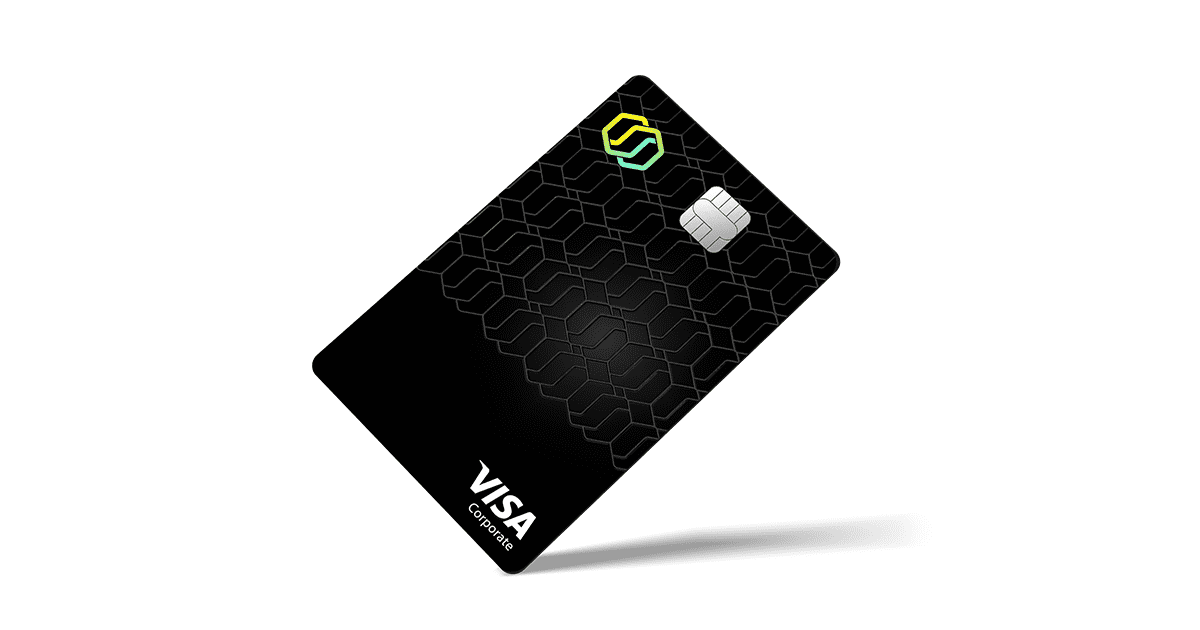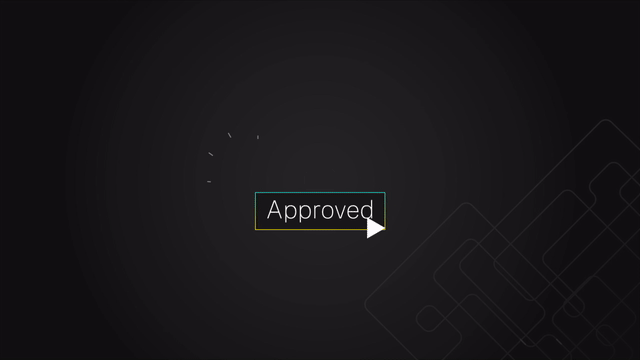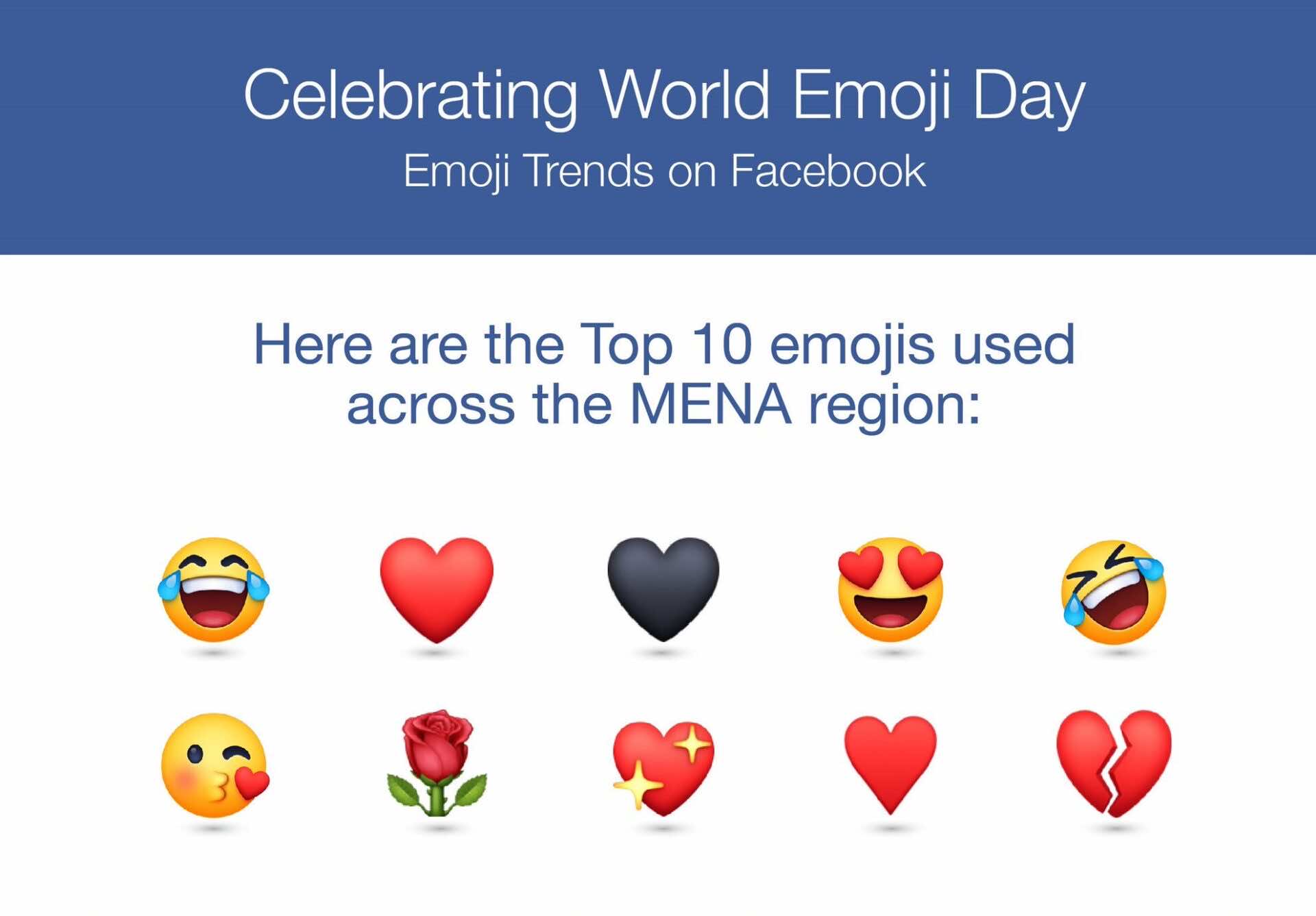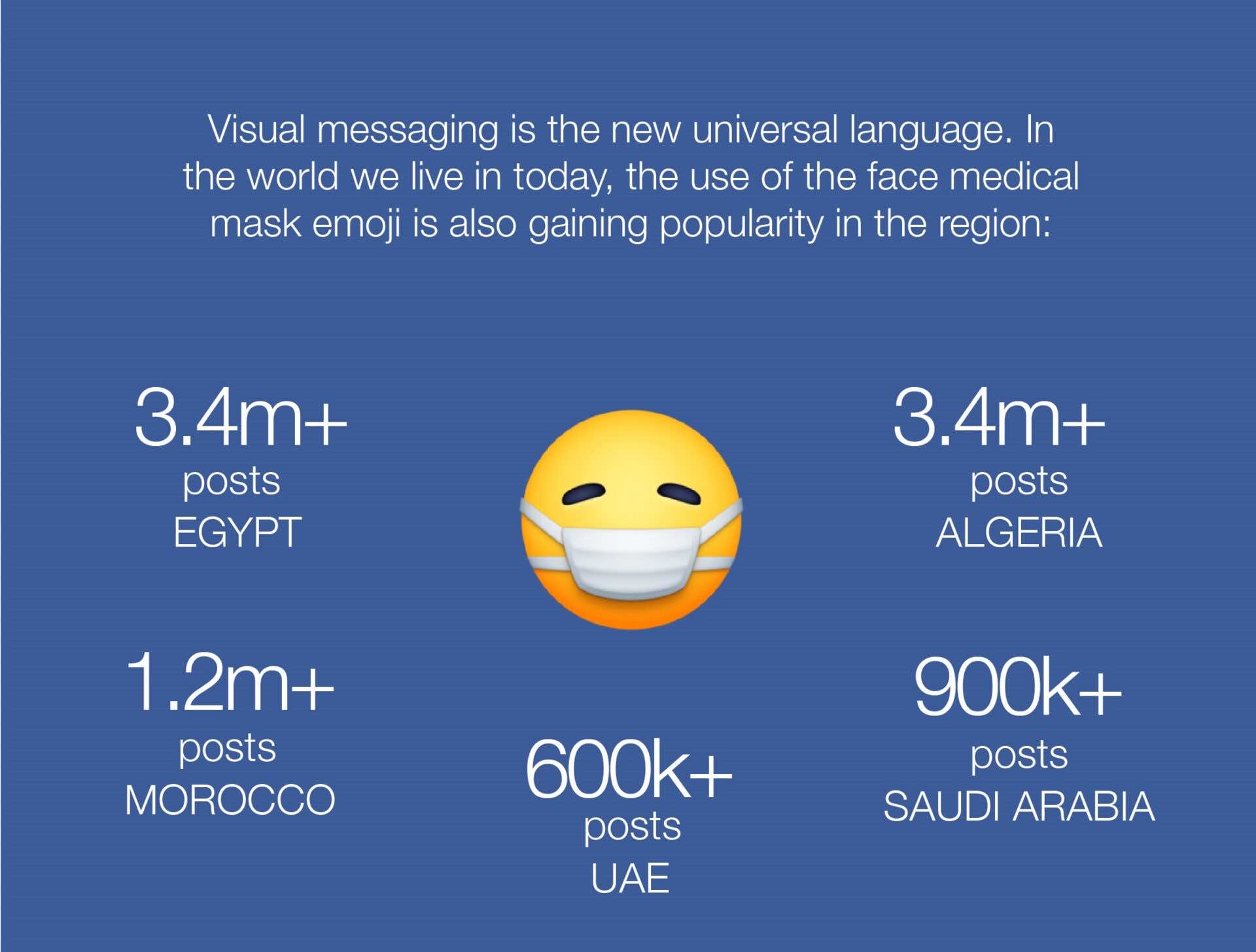Facebook has teamed up with leading regional creative agency, TBWA\RAAD, for its new campaign, #LoveLocal, an initiative to support local small and medium businesses (SMBs) in the Middle East and North Africa (MENA) region, which have been among the hardest hit during the COVID-19 pandemic. The campaign will amplify the voice of local SMBs, shed light on their stories and challenges to help generate consumer demand for them across the region.
Leveraging the insight that “small businesses are not just businesses; they are people,” the campaign has tapped into the nostalgia and emotion associated with traditional neighborhood shops, clearly portrayed across all of the campaign’s touchpoints, including the brand identity.
The campaign’s main film depicts eight unique stories filmed across Egypt, Jordan, and Lebanon, featuring a real and diverse cast of small business owners in local shops, who share their daily experiences and personal anecdotes. A wealth of content pieces and executions have been developed for the campaign, including videos, IG stories, interviews with small business owners, and a content creators’ activation idea.
#LoveLocal by TBWA\RAAD for Facebook
One of the executions includes a #LoveLocal pledge frame that users can add to their Facebook profile and pledge support to SMBs. Facebook users will need to visit this link that will redirect them to their Facebook profile, where they will be able to add the #LoveLocal frame to their display photo. On Instagram, this filter will be available as a trackable AR filter where users will be able to post and highlight their favorite small business.
“The relationship people have with local SMBs extends beyond the products and services. In our region, you don’t go to the hairdresser, to the snack, or to the corner shop. You go to Tony’s, or Emm Nazih’s, or Abou Houda’s. SMBs are not businesses, they are the people. Their names are on the signboards. We wanted this element to come to the fore and this is what is exceptional about the campaign,” said Reda Raad, Group CEO of TBWA\RAAD.
As part of the campaign, Facebook will be rolling out video content that will serve as a reminder of the emotional connection the public has with small businesses beyond the transaction.
“Small businesses are the backbone of any economy and pillars of their local communities. In these challenging times, SMBs need support from community members across the region. Our #LoveLocal campaign will inspire people to rethink the significance of their action,” said Ramez Shehadi, Managing Director for the Middle East & North Africa, Facebook.
Facebook will also be working with content creators and communities from across the MENA region who will take part in a fun, interactive challenge for one day that will see them nominate each other to pick and support a local SMB. “It will be exciting to see how the community comes together to rally support to local businesses by shopping and loving local,” said Shehadi.
A Facebook Inc. initiative, #LoveLocal was launched earlier this month across the Facebook family of apps including Facebook, Instagram, Messenger, WhatsApp. Through #LoveLocal, Facebook will provide business owners access to the Middle East and North Africa SMB Training Hub – a platform with up to 40 online webinars available for free that businesses can use to master a range of digital tools covering digital marketing and e-commerce and develop and grow their business presence online.
Consumers can also join the initiative by using the hashtag #LoveLocal to show how they are supporting local businesses and share their local buying experiences towards this initiative.
To find out more about #LoveLocal, check out the Facebook grants program, courses, and webinars.













